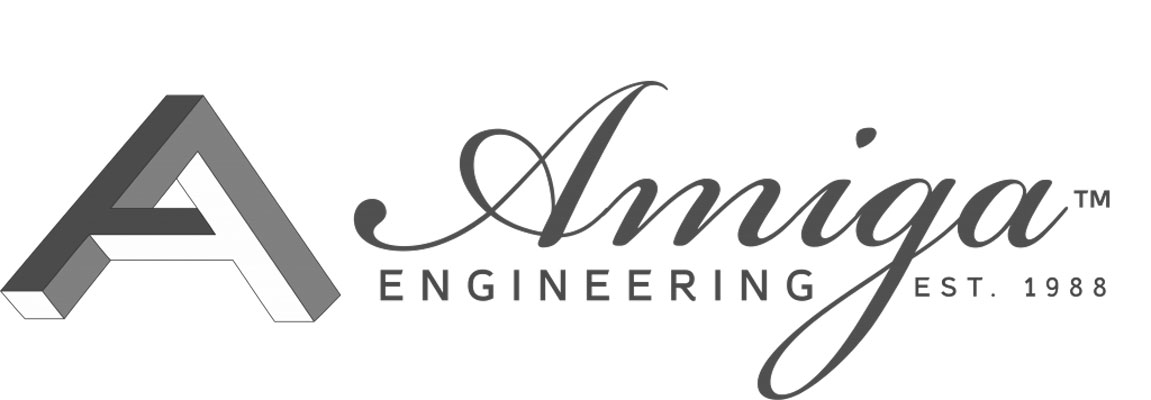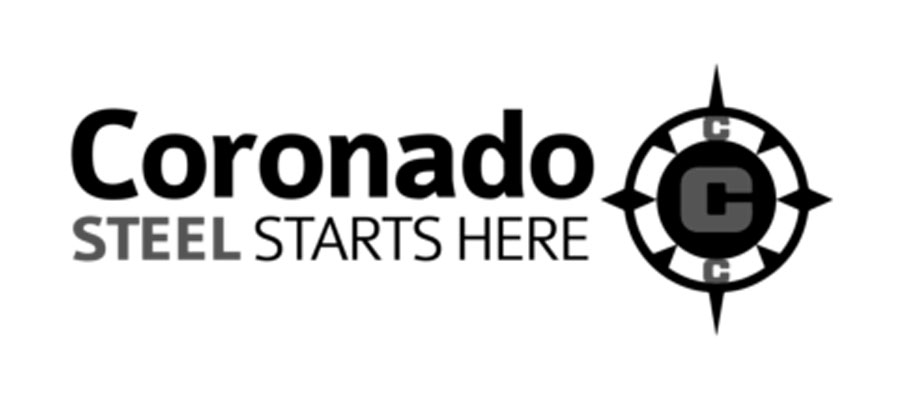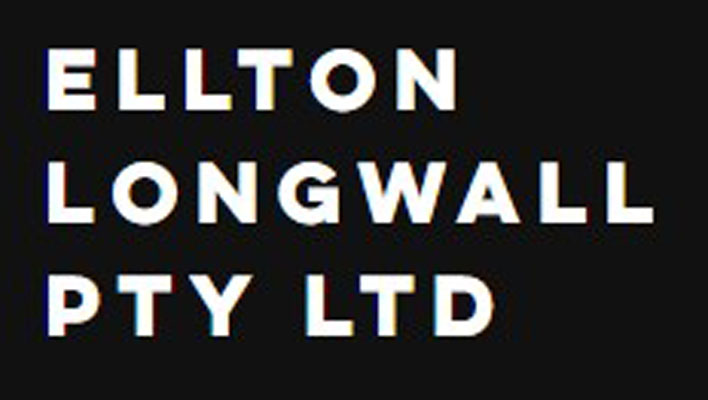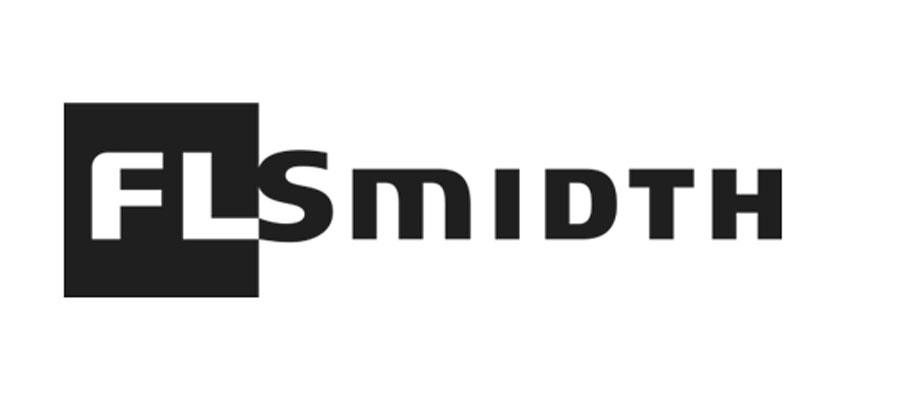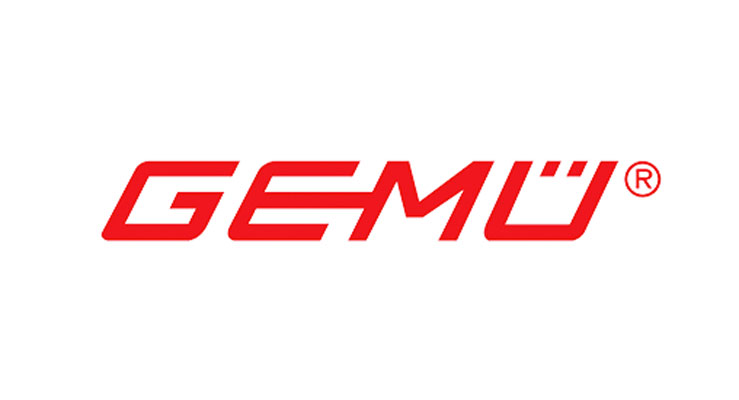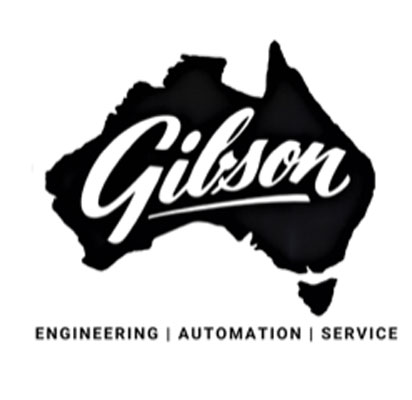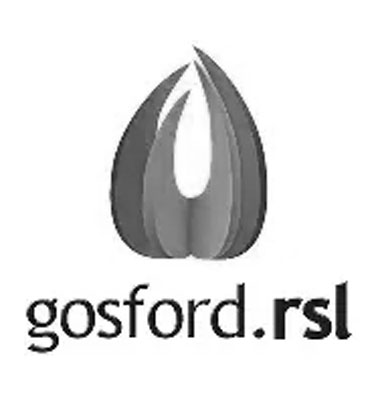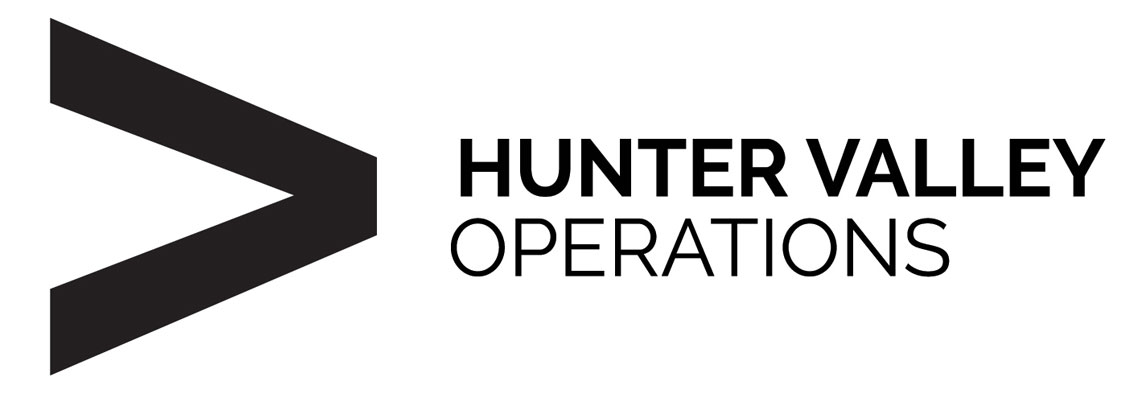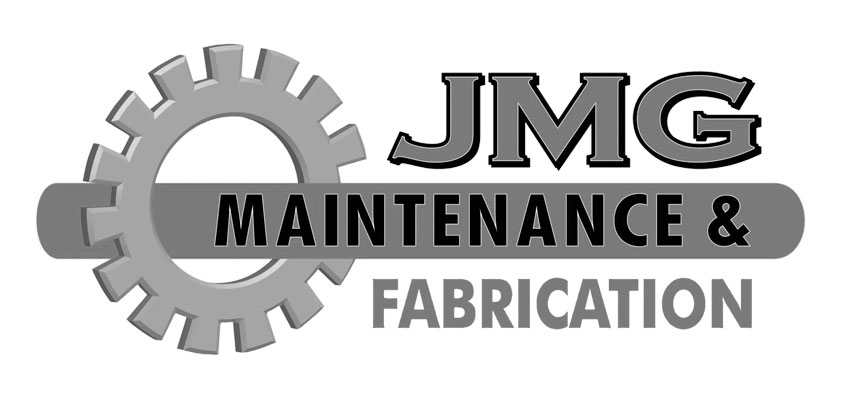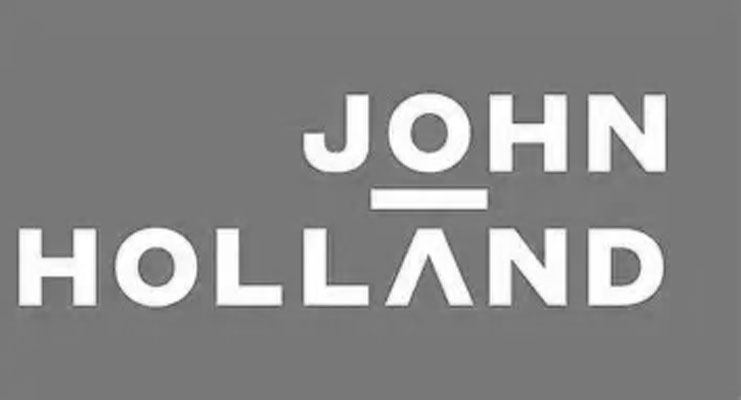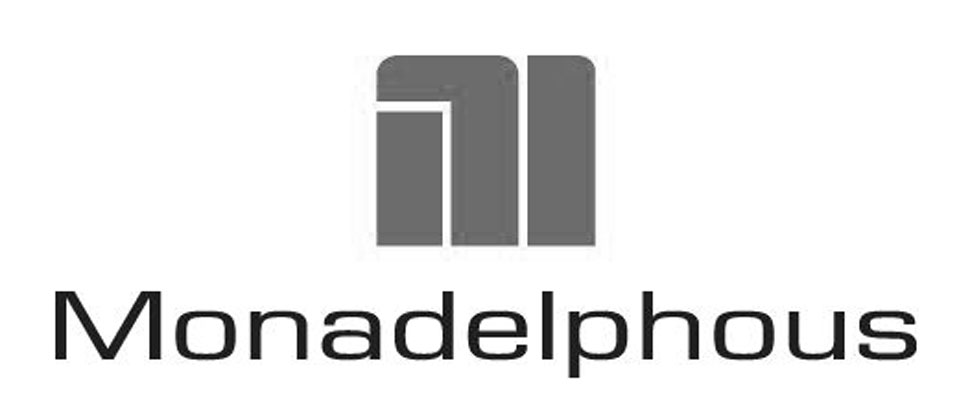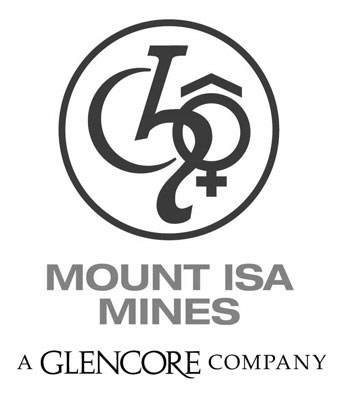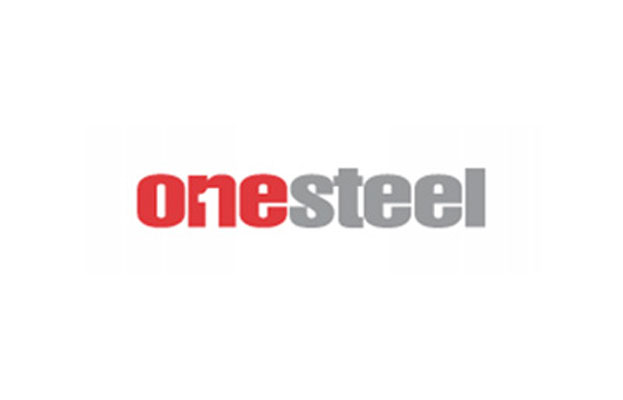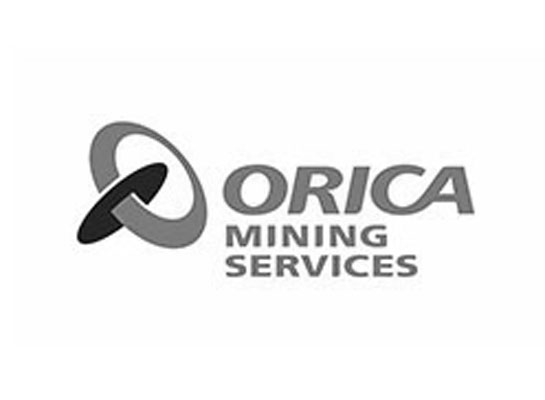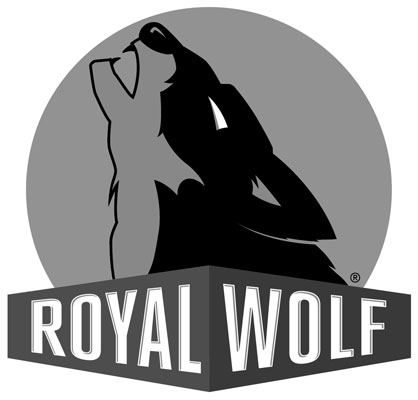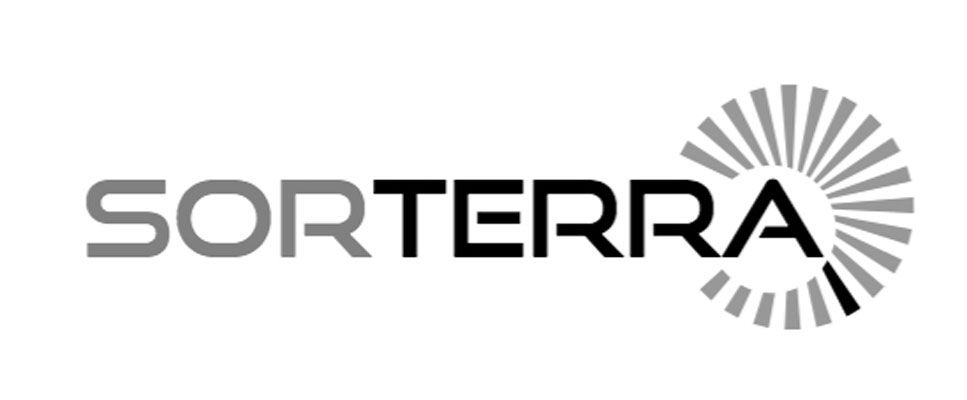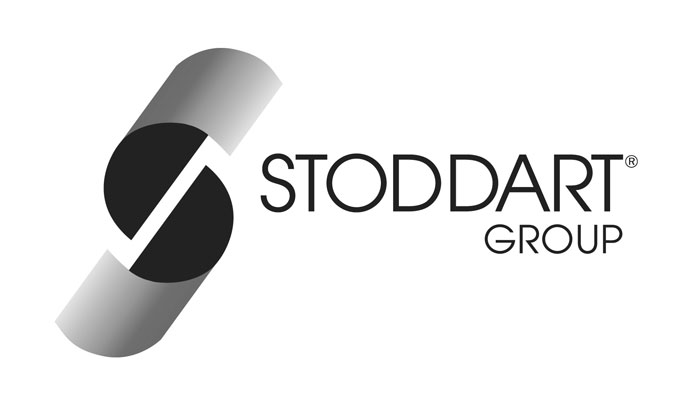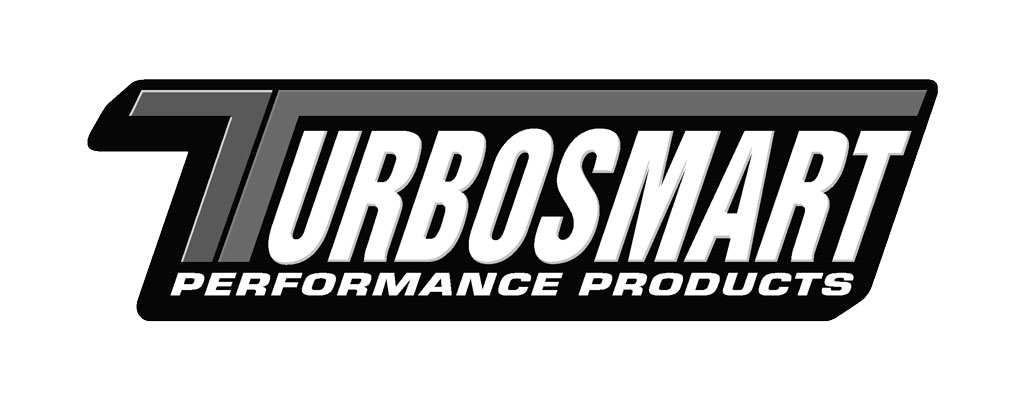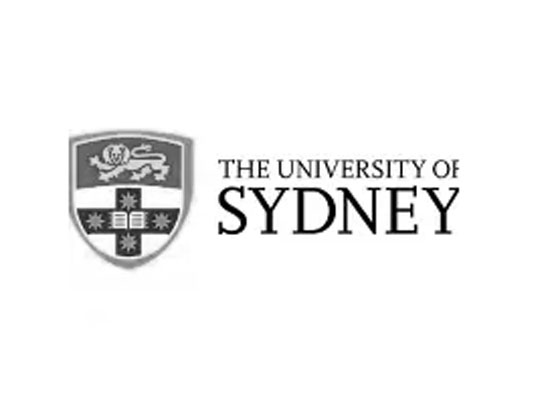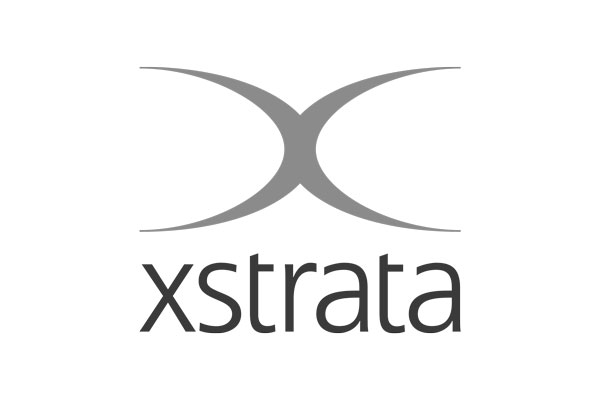3D Scanning Engineering in Burnie
Burnie is Tasmania’s most industrial city. Built around heavy manufacturing, bulk exports, and energy-intensive processes, it remains a working port city where assets are large, long-life, and mission-critical. Engineering in Burnie is not theoretical — it is judged by reliability, durability, and whether the plant keeps running.
In this environment, assumptions create risk. Many assets are decades old, modified multiple times, and operating continuously. Accurate as-built information, conservative engineering judgement, and clear fabrication documentation are essential.
Hamilton By Design supports Burnie projects with engineering-led 3D LiDAR laser scanning, mechanical and structural engineering, 3D modelling, FEA, and easy-to-build fabrication drawings with engineering approval, providing confidence from site capture through to construction and ongoing operation.
Engineering in Burnie: Heavy Industry and Bulk Export Reality
Engineering work in Burnie is shaped by:
- Heavy manufacturing and processing facilities
- Bulk materials handling and export infrastructure
- Energy-intensive plant operating continuously
- A remote location where downtime is expensive
Most projects are brownfield by default — upgrades, life-extension works, capacity increases, or modifications to existing plant that cannot simply be shut down or replaced.
Engineering solutions must be practical, proven, and buildable.
3D Laser Scanning for Burnie Industrial Sites
High-accuracy 3D LiDAR laser scanning forms the foundation of safe and effective engineering in Burnie.
Hamilton By Design scans:
- Bulk handling systems, conveyors, and loaders
- Industrial plant, process areas, and structural steel
- Port and wharf-adjacent infrastructure
- Assets with incomplete, outdated, or unreliable drawings
3D scanning captures the true as-built condition — including misalignment, corrosion loss, deformation, and undocumented modifications — without disrupting live operations.
This allows:
- Fewer assumptions during design
- Reduced site rework in a remote location
- Better shutdown and construction planning
- Lower fabrication and installation risk
Learn more about our scanning services here:
3D Laser Scanning
3D Modelling from Real As-Built Conditions
From the point cloud, Hamilton By Design develops accurate 3D CAD models that reflect what actually exists on site — not what legacy drawings suggest.
Our 3D modelling services support:
- Brownfield upgrades and plant modifications
- Integration of new equipment into existing layouts
- Clash detection in dense industrial environments
- Modular and off-site fabrication planning
- Digital asset records for long-term maintenance
In Burnie’s heavy-industry environment, modelling from real data significantly reduces construction risk and helps ensure components fit first time.
Explore our modelling capability:
3D CAD Modelling
FEA for Heavy and Long-Life Assets
Burnie assets are subject to high loads, fatigue, abrasion, corrosion, and continuous operation. Finite Element Analysis (FEA) is used to verify that existing and modified structures can safely perform under real operating conditions.
Hamilton By Design applies FEA to:
- Assess structural capacity and stiffness
- Check deflection, fatigue, and load paths
- Verify modifications to existing steelwork
- Support strengthening and life-extension decisions
By analysing as-built geometry, FEA results are more representative of real behaviour — critical in environments where failure is costly and recovery options are limited.
Learn more about our analysis services:
FEA Capabilities
Easy-to-Build Fabrication Drawings with Engineering Approval
Clear, practical documentation is essential for Burnie projects, where fabrication and installation often occur under tight shutdown windows and with limited access to specialist support.
Hamilton By Design delivers easy-to-build fabrication and installation drawings, including:
- General arrangement drawings
- Fabrication and workshop details
- Installation, lifting, and staging layouts
- As-built documentation
Drawings are developed directly from scanned data and validated 3D models and can be issued with engineering approval, giving fabricators and site teams confidence that what is built will fit, function, and comply.
View our drafting services here:
Drafting Services
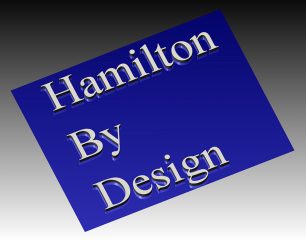
Why Hamilton By Design in Burnie?
Hamilton By Design provides a single, engineering-led digital workflow — from site capture through to modelling, analysis, and construction documentation.
For Burnie clients, this means:
- Reduced risk on heavy-industry and bulk-handling sites
- Better decisions before shutdowns begin
- Designs grounded in real site conditions
- Fabrication-ready drawings backed by engineering sign-off
Whether you’re upgrading bulk-handling systems, extending the life of heavy industrial assets, or modifying port-adjacent infrastructure, Hamilton By Design delivers practical, build-ready engineering solutions tailored to Burnie’s industrial reality.
Our clients



